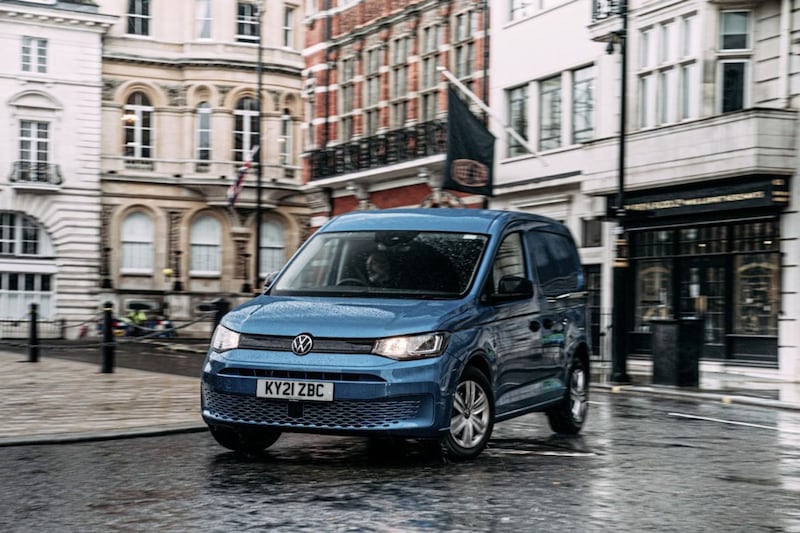THE all-new Volkswagen Caddy Cargo is the city van that thinks it's a Golf. As suggested by the golfing-related model names, there actually is a close association between the VW's long running compact load-lugger and its iconic hatchback: the Caddy originated as the utility vehicle derivative of the Mk1 Golf, with 1980s Caddy pick-ups now enjoying cult status in classic car and customisation circles around the world.
However, Caddy hasn't always been a Golf-variant. In fact, it's flitted around the VW Group over the past 40 years. During the 1990s, the Caddy had a fling with petite Golf sibling Polo to produce a cute, hugely popular small van that's arguably 'the' version still most closely associated with the Caddy badge. There was also a mercifully brief flirtation with Golf's ugly half-brother, the Skoda Felicia, followed by a lengthy period post-Y2K when it settled down and became a kind of bland yet utilitarian Touran/Golf hybrid.
Now, the Caddy has come full circle with its fifth iteration, the panel van Caddy Cargo and its family/leisure variant, the Caddy Life. The new version comes in short and long wheelbase form and is based on VW's MQB platform which is shared with the Audi A3, Skoda Octavia and – yes – the Mk8 Golf.
That means Caddy drivers now benefit from a quieter and comfier coil-sprung rear end compared to the outgoing version's ancient leaf-sprung set-up, and there's also a new choice of powerplants: a 2.0l TDI diesel in 75, 102 or 122bhp form, and a 1.5l TSI petrol unit producing 114bhp.
There's no hybrid or all-electric option available yet, although the environmentally minded driver should note that VW claim the new diesel Caddy Cargo produces 80 per cent less pollution than the old 4th-gen model thanks to the introduction of a 'twin dosing' AdBlue system.
Both engines are quiet and refined to the extent that you may actually start to notice road noise more – so swings and roundabouts there ¬- and they can be combined with either a 6-speed manual box or a 7-speed DSG autobox with paddle shifters, the latter being ideal for those who rarely make it out of city traffic during their work day.
Anyone needing to go 'off-piste' on occasion can even choose a 4Motion all-wheel drive option (on certain engines, with manual gearbox only) to help ensure they make it to and from the back of beyond safely.
The new Caddy Cargo also features a fully redesigned and much more car-like 'Digital Cockpit' crammed with up-to-the-minute onboard tech similar to that found in the – you guessed it - Golf, creating a driving experience described by Volkswagen as being akin to piloting "a smartphone on wheels". Whether you view that as good or bad will be entirely down to personal taste; some test drivers have found VW's latest touchscreen infotainment systems and climate controls annoyingly fiddly.
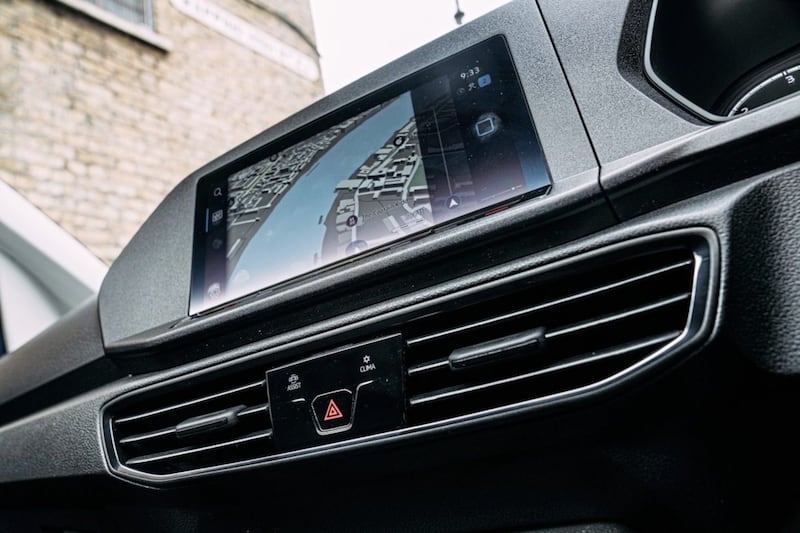
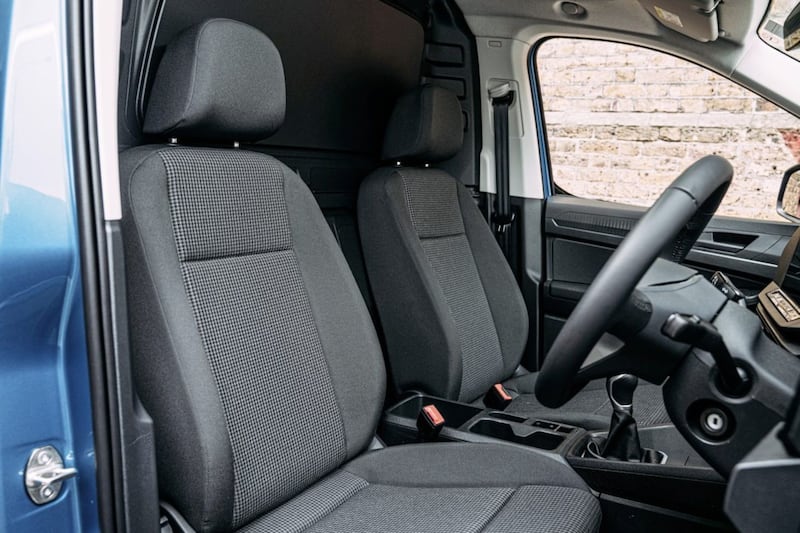
Also, unlike class rivals such as the Vauxhall Combo Cargo, Citroen Berlingo and Peugeot Partner (all essentially the same vehicle bar badging, front-ends and the Peugeot's funkier interior styling), there's no extra passenger seat option available on the Caddy Cargo.
Although actually 25mm lower in height than the 4th-gen Caddy, the Caddy Cargo actually boasts a slightly bigger load area accessed via its rear 'barn doors' and passenger-side slider than the previous version. Two Euro pallets can be loaded widthways into a load space measuring 1,797mm long, 1,613mm wide and 1,272mm high for a maximum load capacity of 3.1 cubic metres.
Long wheelbase version, the Caddy Cargo Maxi, is bigger still at 3.7 cubic metre capacity for its 2,150mm long load bay, which will fit two Euro 3 pallets and also features a handy extra sliding side door on the driver's side.
However, those intending to really test their Caddy Cargo's capacity to the limit should note that its max-payload rating lags behind some competitors. For example, High Payload versions of arch rival the Ford Transit Connect are rated to carry 967kg of whatever you might want to cram into them, while the standard Caddy Cargo maxes out at 687kg even as it trumps the standard Connect's 2.9 cubic metre load capacity.
In theory, while this means that the artisanal obelisk chisellers and bespoke gold bullion couriers may not get on with the Caddy Cargo, real world tradesmen / small business operators who need to shuttle themselves and their goods/wares from A to B may be prepared to overlook such theoretical shortcomings thanks to the comfortable driving experience on offer.
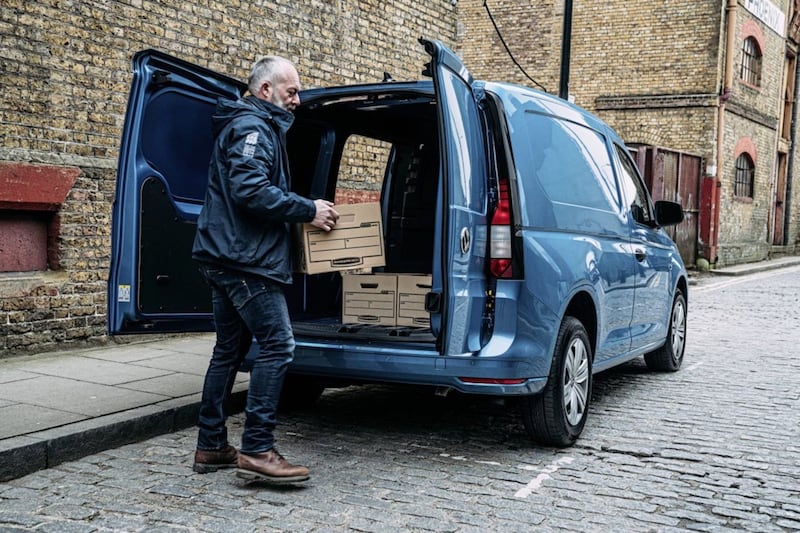
VW devotees certainly won't care so long as that all-important Volkswagen logo is on the grille, ensuring residual values remain solidly Golf-like, and it certainly hasn't prevented Caddy Cargo picking up van world accolades including Best Technology Advance at the 2021 What Car? Van Awards, Compact High Cube Van of the Year at the 2021 Great British Fleet Awards and Best Small Van at the 2021 Fleet News Awards.
With on-the-road prices starting at £23,016, Caddy Cargo is available in three trim levels; Commerce, Commerce Plus (from £24,828) and Commerce Pro (from £28,278). Standard equipment includes electronic handbrake with auto-hold, cruise control with speed-limiter, multi-function steering wheel, Composition DAB+ radio with 6.5-inch touchscreen and USB-C port, Bluetooth mobile phone interface and autonomous emergency braking front assist with pedestrian monitoring.
Commerce Plus models add the likes of body coloured bumpers, air conditioning, leather steering wheel, driver's seat with armrests and electrically-adjustable lumbar support and rear parking sensors, while the top-spec Commerce Pro models include alloy wheels, Discover Media navigation system with 10-inch colour touchscreen, heated, folding and electronically adjustable wing mirrors, and LED rear lights.
The mid-level Commerce Plus with the 102 bhp diesel engine probably offers the best combination of aesthetic appeal, driver comfort and load-lugging yet economic power, perhaps specced-up with the optional 8.5-inch Composition Colour radio system, which adds a couple of handy extra USB-C charging ports to the centre console and the ability to use VW's We Connect and We Connect Plus driver support packages.
All-in, the new Caddy Cargo is the perfect choice of vehicle for anyone who wants the creature comforts, pleasant driving experience and healthy residuals of the VW Golf combined with the money-making practicality of a solidly engineered small van.
Simply slap a logo on the side, load up with product and let the Caddy carry you and your commerce in style.
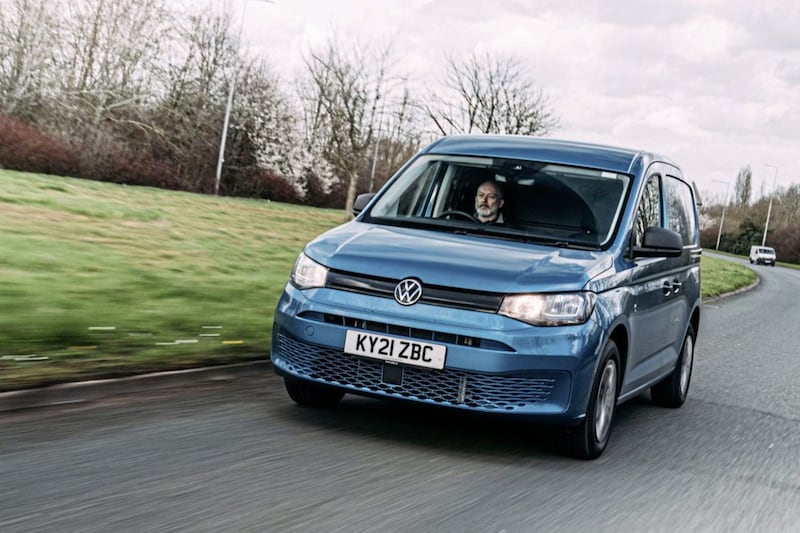
AT A GLANCE: CADDY CARGO DIMENSIONS & CAPACITY
- Vehicle width (mirror to mirror): 2,100mm
- Vehicle length: 4,500mm
- Vehicle height: 1,856mm
- Load compartment volume: 3.1 cubic metres
- Load compartment dimensions (width x height x length): 1,613mm x 1,272mm x 1,797mm
- Sliding door (width x height): 703mm x 1,096mm
- Rear doors (width x height): 1,234mm x 1,122mm
- Turning circle: 11,400mm



